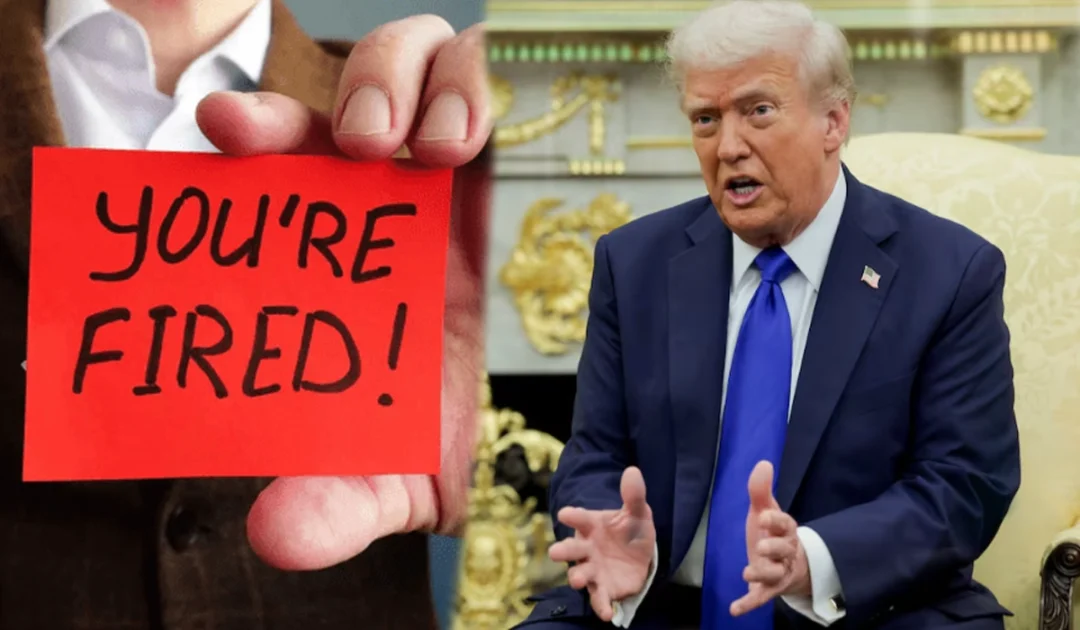New guidelines unpacked as Australia’s social media ban for under-16s nears
-

- Reuters
- Sep 16, 2025

CANBERRA: The Australian government has released guidance detailing how technology companies must comply with the upcoming law banning social media accounts for individuals under 16. The legislation will take effect on December 10.
The new guidance follows earlier documentation from the eSafety Commission, including a self-assessment tool for companies to evaluate whether their services fall under the age-restriction rules. Platforms used primarily for professional networking, education, health, or online gaming are likely to be exempt.
Also read: Protest over Nepal social media ban results in 17 deaths
Major platforms such as Facebook, Instagram, and TikTok are expected to fall within the scope of the restrictions. Companies must take “reasonable steps” to identify and remove underage users from their platforms.
REQUIREMENTS FOR PLATFORMS
Social media services must detect and remove accounts held by users under the age of 16. According to the government, this process should include notifying users, though it remains uncertain whether content associated with those accounts must also be deleted or preserved.
The guidance indicates that companies must also take action to prevent underage users from creating new accounts after being removed. This may require systems to detect attempts to bypass restrictions, including the use of virtual private networks (VPNs) or errors in age-verification technologies.
For users over 16 who are incorrectly restricted, companies must offer review processes. Age-assurance systems must include multiple verification methods, and companies cannot rely solely on government-issued identification.
While platforms are expected to limit access based on age, they are not required to verify every user. Instead, they may use existing account data to infer age. Companies are also instructed not to retain individual user data from age-checks, but to maintain records on their systems and processes.
VIEWING WITHOUT AN ACCOUNT
The law does not prevent people under 16 from accessing social media content entirely. They will still be able to view public content without logging in, such as through web browsers. Shared devices logged into adult accounts may also continue to be used by younger users, making enforcement more complex.
Caregivers will be expected to support young people’s online activity under the new framework. The eSafety Commission plans to release further resources to assist in understanding the changes.
NEXT STEPS FOR PLATFORMS
Technology companies are expected to begin using account data to determine user eligibility. For example, an account created more than 16 years ago may be considered compliant without additional verification.
The government has not mandated specific technologies or approaches, leaving each platform to implement its own compliance measures. This could result in differences across services in how age assurance is handled.
Also read: Australia adds YouTube to social media ban for children
Communications Minister Anika Wells confirmed that the legislation will proceed on schedule, stating there is “no excuse for non-compliance.”
Social media platforms now face the task of aligning with the requirements before the law takes effect in December.




